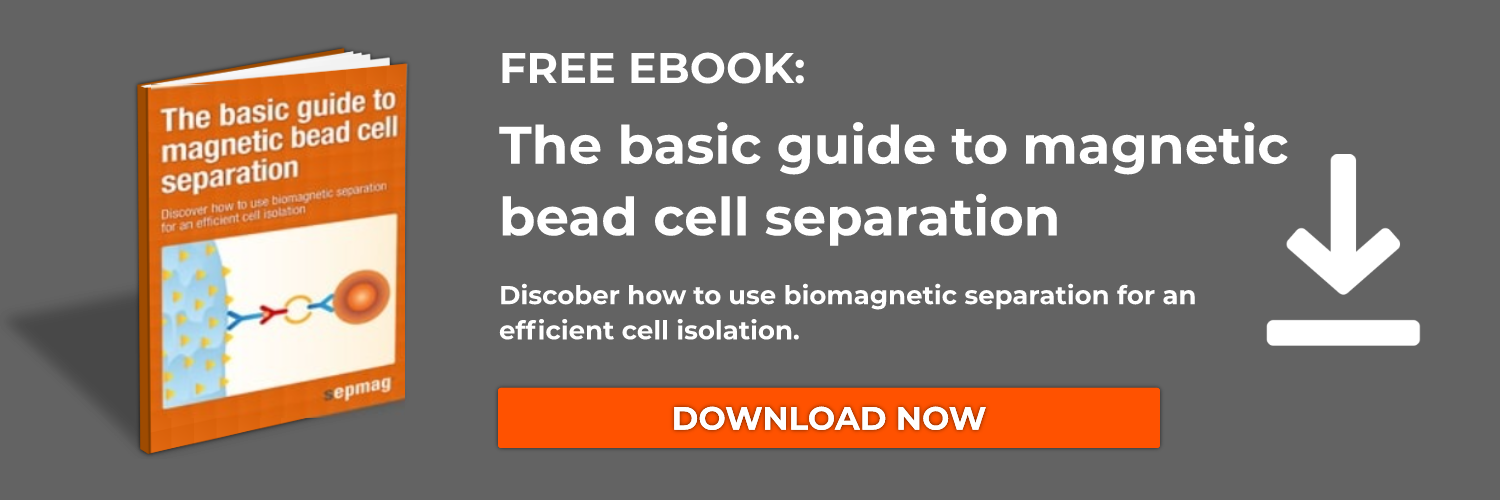Magnetic beads possess many properties that make them well-suited for use in enzyme-linked assays, including a high surface-to-volume ratio, wide range of surface functionalization, and ease of manipulation. Magnetic beads have previously been employed in “lab-on-a-chip” bioassays, where their size lends to increased ease of automation. Their handling in such systems, however, has been sub-optimal, often necessitating complex actuator systems.
To address this issue, a group of researchers in Barcelona, Spain have developed a simple actuator capable of significantly improving the efficiency of magnetic bead-based integrated assays. Employed in tandem with a microfluidic device consisting of reaction and detection chambers, the actuator showed a 2.7-fold enhancement in bioassay sensitivity.
A rotating magnetic actuator
The design of the actuator resembles that of a compact disc, and features a rotating structure with slots for embedded magnets. The arrangement of the magnets is eccentric to the axis of rotation. The aforementioned microfluidic device rests above the actuator, such that rotation causes the magnets to pass under the reaction chamber. The sequential movement of the magnets induces the magnetic beads to move from one extreme of the chamber to the other, in accordance with the position of the magnet. This movement allows the entire surface area of the beads to come in contact with the substrate.
For the initial purposes of development, the actuator was utilized in the second of two steps that comprised an enzyme-linked fluorescence immunoassay. Researchers note, however, that integration of all the steps is the ultimate goal, and will be addressed in the future.
Putting the actuator to the test
To test the actuator, investigators injected an immunocomplex consisting of commercially obtained anti-E. coli O157 magnetic beads, previously incubated with E. coli and phosphatase-labeled anti-E. coli O157:H7 antibody, into a microfluidic chip. 4-Methylumbelliferyl phosphate (4-MUP) was added, and mixing induced by rotation of the actuator. Following the reaction, the immunocomplex was magnetically retained, while the solution containing dephosphorylated 4-MUP (i.e., 4-methylumbelliferone (4-MU)) flowed into the detection chamber for optical fluorescence measurement.
The resulting enhancement was significant. A 2.7-fold increase in sensitivity was seen over control reactions without actuation. The assay’s limit of detection also improved. An LOD of 603 CFU/mL was obtained at optimal actuation speed, in comparison to an LOD of 2,101 CFU/mL without actuation.
The implications for future magnetic bead-based applications and bioassays are promising. The actuator is simple in design, consisting of a compact disc-sized rotating unit and a DC motor, and lends itself to portability. Its circular shape makes it possible to carry out a number of reactions in parallel. What’s more, the magnetic beads utilized in the study were obtained commercially, and a wide range of antibody surface functionalizations are available. Researchers expect that assay sensitivity will be enhanced even further by achieving integration of all of the reactions on-chip.
The paper, appearing in “Analytical and Bioanalytical Chemistry,” can be accessed online through journal’s website.
Related news:



